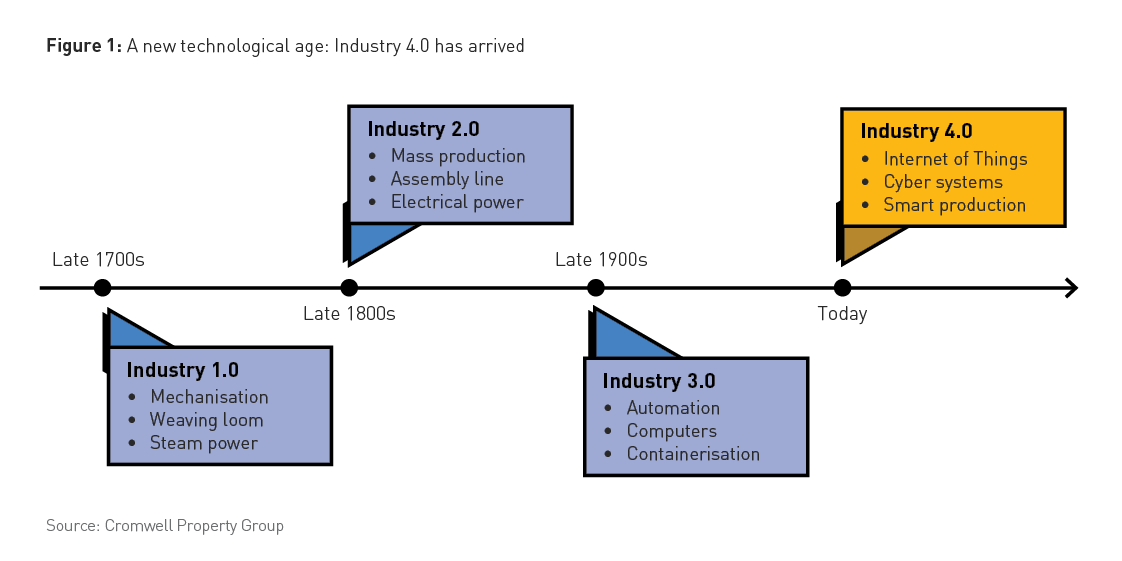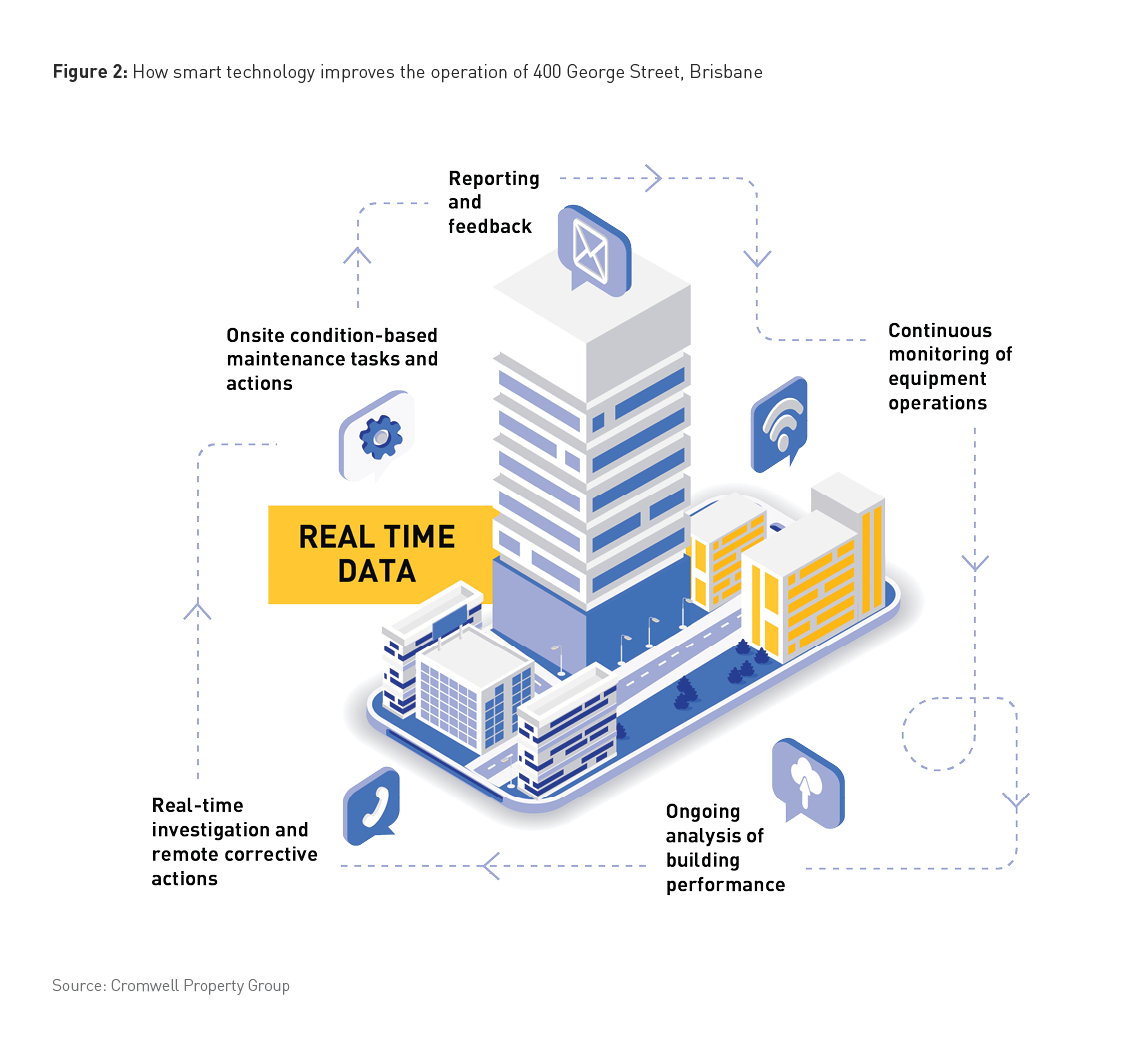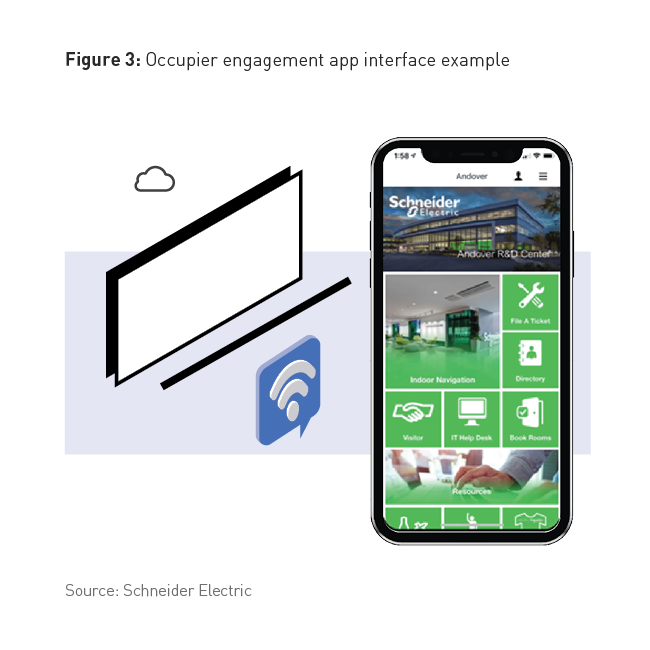The Proptech Revolution: how technology is reshaping Real Estate
Tom Duncan, Head of Research, Strategy & Product, Cromwell Property Group
In just two decades, advances in computer technology have radically altered our economies, and our societies, faster than at any other point in history. The opportunities resulting from developments like Wi-Fi, smartphones, artificial intelligence (AI), cloud computing, and connected devices – or the ‘Internet of Things’ (IoT) – are so significant that they represent a new industrial revolution. ‘Industry 4.0’ is of a magnitude that is as transformational – if not more so – as the harnessing of steam power or the invention of the mass assembly line (Figure 1).

Traditionally, real estate has been a laggard in embracing this new technological era – consumers and businesses have instead been leading the way. Recently though, there has been a realisation among landlords, occupiers, and building users about the power of property technology – or ‘proptech’ – to provide better, more engaging and sustainable assets.
As a result, proptech is radically redefining the requirements for successful buildings. Landlords must include this technology if they are to attract, and retain, occupiers – and to protect, create, and grow income.
The proptech universe is varied and diverse, touching every aspect of real estate – from identifying investment strategies, to construction and design through to operations. In this article, we consider three important dimensions of proptech at asset-level: smart technology, occupier engagement, and operational efficiencies.




